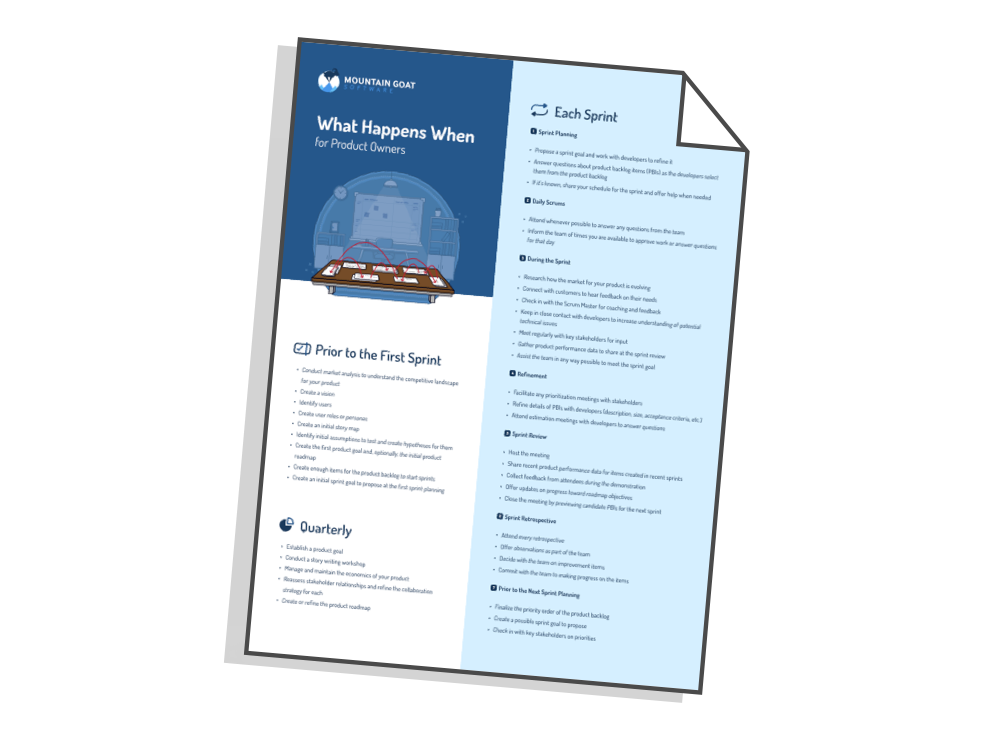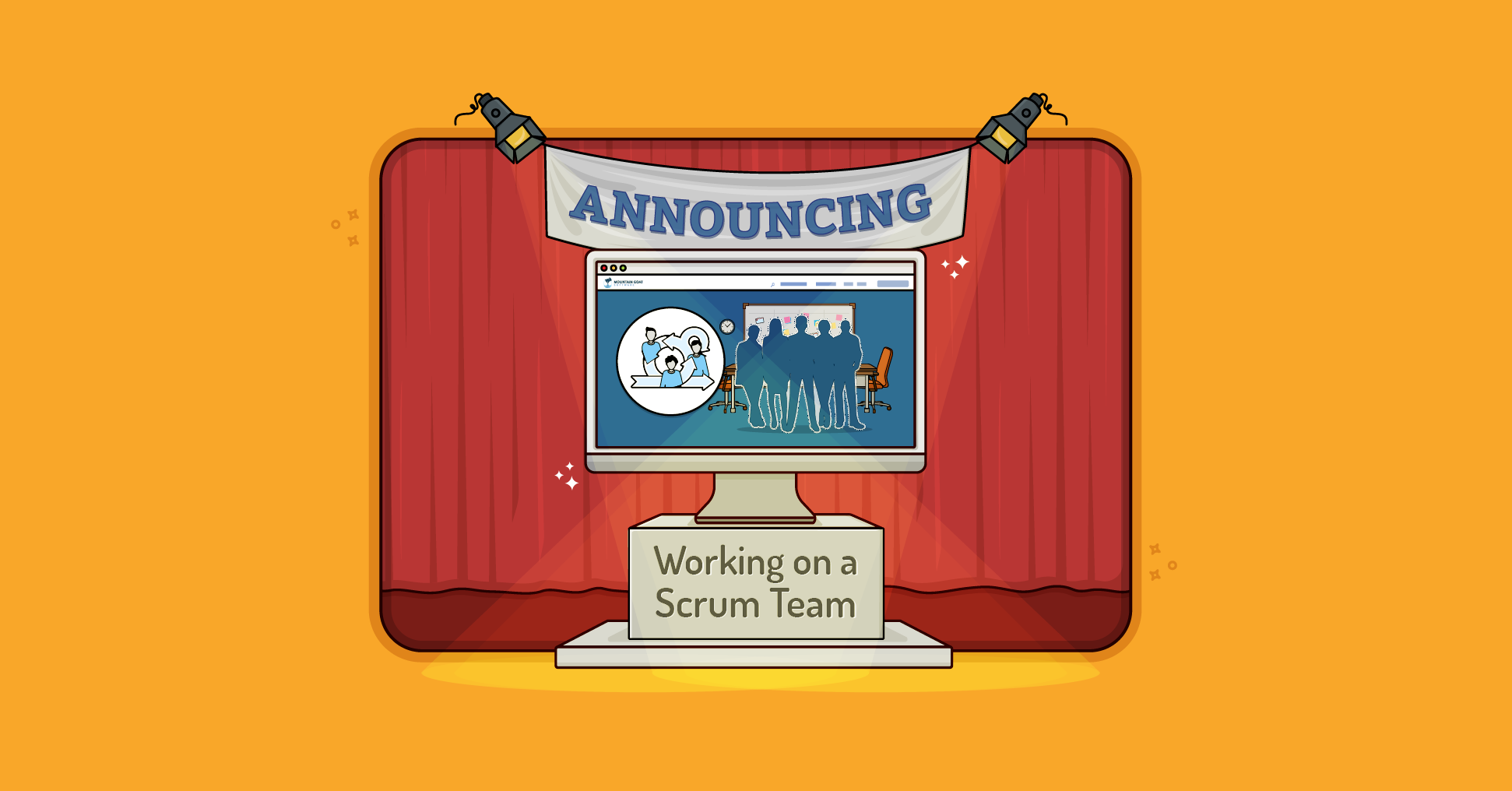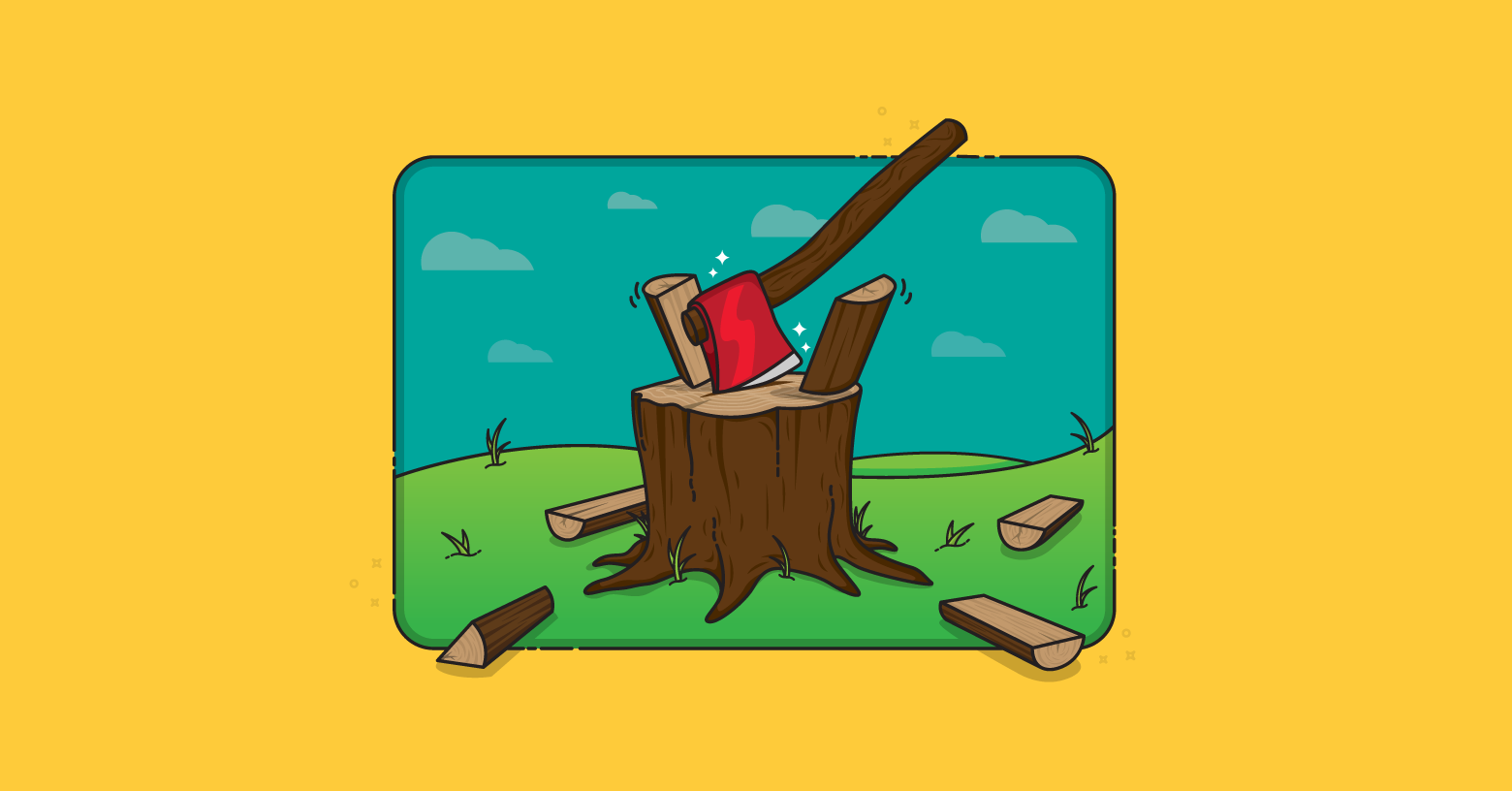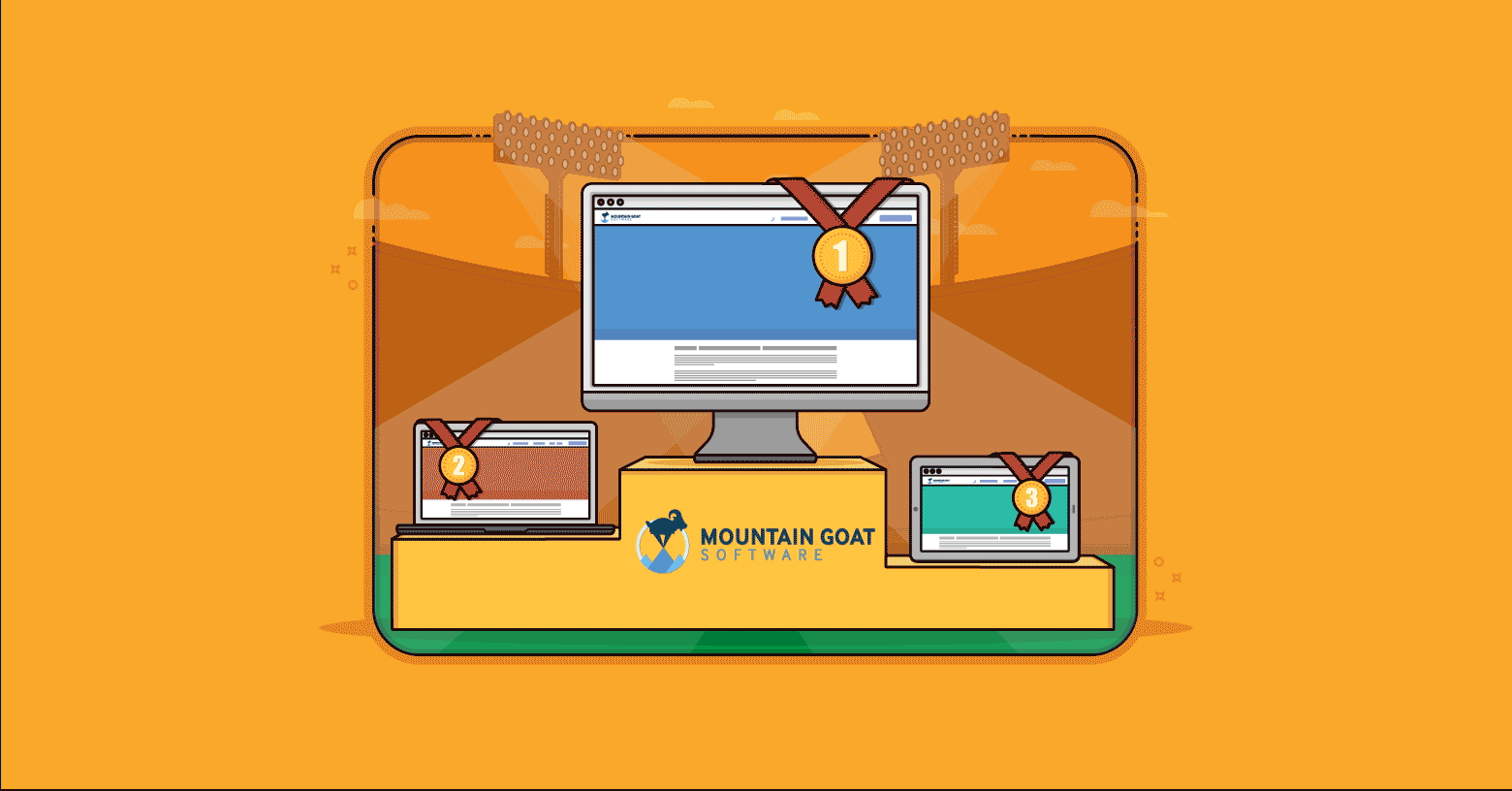Agile challenges and opportunities in 2020, what do you think?
We’re doing something new today on the blog with our first video blog post and a special guest I’m excited to introduce.
Lance Dacy is an exceptional agile trainer. I feel like I’ve known him for years and have been consistently impressed with his dedication to agile as well as his philosophy as a trainer. That’s just one of the reasons I’m excited to let you know that Mountain Goat Software is now offering Certified ScrumMaster® and Certified Scrum Product Owner classes with Lance.
If you’ve been considering getting your Scrum Alliance certification and you’re based near Silicon Valley, this is a great opportunity to be trained by one of the best Scrum trainers I know.
Certified ScrumMaster Class, Silicon Valley, April 27th-28th
Certified Scrum Product Owner, Silicon Valley, April 29th-30th
In this video, Lance and I discuss some of the changes we’re seeing today in the agile industry, the challenges that teams face when transitioning to Scrum or agile, as well as the role of certification in today’s agile career choices.
As much as I enjoyed talking with Lance, as always I want to hear from you and would love to get your opinion in the comments:
- What changes are you seeing today in the agile industry?
- What are the biggest challenges you think organizations face? Is it less why a company should be agile, and more how?
- How relevant is being certified to your career path?
It’s still early in the new year, and a good time to take stock and look at some of the ongoing or new opportunities and challenges facing agilists today.
Meet Lance Dacy, CST and Founder of the Largest Scrum Alliance User Group
One of the things that really impressed me about Lance when I first met him, was his dedication to learning everything he could about Scrum and agile. It was this determination and enthusiasm that led him to set up what is now the largest user group in the Scrum Alliance. The DFW group has over 5,000 members and operates in two locations with monthly meetups. In the video we talk about his motivation for starting the group (and it’s a great lesson for anyone who wants to improve their agile skills… for free)
Lance’s perseverance has seen him go from strength to strength, first as a Scrum Master right through to being a Certified Scrum Trainer, which Lance admits was a frustrating journey at the time. It took a lot longer than he expected (which doesn’t surprise me as it’s a very selective process), but on reflection, the skills he learned and people he met were well worth the time it took.
Will Agile Be Around in Five Years?
A common question that Lance and I both get is on the future of agile. In this part of the video we discuss the shifts we’re seeing in the adoption of agile and Scrum. When you’ve been doing agile for a number of years it’s easy to forget that this subject is still very new to a lot of organizations and departments.
In the last State of Agile survey, 97% or respondents said their organization practiced agile development methods.
But only 22% stated that all of their teams were doing agile.
Lance and I talk about what this means in terms of the opportunities for people who have been improving their agile skills over the past few years, and the different industries that are now starting to explore agile as a serious option.
This made me think about the Mountain Goat Software audience so I’d like to ask you: Are you (like Lance and I), seeing more companies ask “how do we implement agile” rather than “should we implement agile?”
What Does This Mean for Teams Using Waterfall?
I wanted to know whether Lance was seeing companies try to combine agile approaches with waterfall. What I found interesting was that he had found the challenge wasn’t so much people trying to combine waterfall with agile, it was figuring out how agile teams and waterfall teams can work together while maintaining these distinct approaches.
A sequential, or “waterfall,” approach can still be appropriate for some work in various organizations. In the agile community, we speak often of defined and empirical (“inspect and adapt”) processes. When the steps to do a job can be written and easily followed, a defined process can work well. That type of work does exist and so it’s important that agile teams find ways to coexist with teams taking a waterfall approach to their work.
The challenge of moving to a cross-functional team
In this part of the interview, we discuss the challenge of cross-functional teams. Probably an area of great discomfort in any organization is moving from the familiar to the unfamiliar, and in terms of team structure, the agile principle of a cross-functional team is often a new concept.
Probably one of the biggest changes organizations are seeing as they move towards any digital transformation is that it’s forcing them to operate outside of the historical siloes they’re used to. People who have been comfortable focusing on their individual roles and skill sets, whether they’re a database person, front-end developer or back-end developer, are now being asked to work as part of one team, with more awareness of other, less-familiar roles and responsibilities.
I’ve certainly seen this discomfort among attendees of my courses. Some people come into a Certified Scrum course thinking that a goal in agile is to make everyone a generalist. The superstar programmer fears she’ll be forced to spend half the time doing database work or user interface design. The world’s greatest DBA fears watching those skills stagnant while learning DevOps functions.
I think the fear here is around being less marketable and about doing work we don’t love.
People relax when they hear that cross-functional teams does not mean everyone has to do everything, and that there is plenty of room for specialists. Cross-functional just means that all of the skills are on the team somewhere. It also means we value those individuals who may not be superstars in one skill but who bring multiple skills to the team. Those individuals are extremely helpful in balancing the workload within sprints.
Whether you’re just transitioning to agile, or have been working on a cross-functional team for years, what are some of the biggest challenges you’ve experienced in making this move?
Certification: More than a certificate?
Between us we’ve trained more than 34,000 people in Certified ScrumMaster or Certified Scrum Product Owner classes and while we believe in certification, getting the certificate is one small part of what makes the two-day training courses value.
A certification shows that you care enough to go and learn about a topic. You cared enough to make the effort. Not everybody can demonstrate that and it’s one of the criteria that can make the difference between a CV or resume being thrown out, or kept for consideration.
But I really think that’s just one benefit of many from attending training like these. When you’re in a room of people interested in agile you’re going to start hearing people share challenges that are similar to the ones you might be facing. This doesn’t just let you know you’re not alone, it can be the first step to crowd-sourcing a solution.
Other times attendees have talked about the relief of validation or getting a sanity check. You might have a feeling that you’re right about a particular approach but struggle to explain it in a way that people will trust you’re right. These classes can be excellent resources for providing you with the words and phrases you need to go back to your team to help you coach, lead, and inspire them.
Learn scrum... by doing scrum
I approached Lance to train for Mountain Goat Software because I know he shares my philosophy about making training practical and fun. You’ve got to be able to leave the class ready to apply the techniques you’ve learned and you’ve got to enjoy learning those techniques.
Lance’s approach of ‘learning Scrum by doing Scrum’ is a great example of this and in this section of the interview he explains his approach.
Want to train with Lance?
Lance is a real asset to the Mountain Goat Software team and you have the opportunity to train with Lance for your Certified ScrumMaster or Certified Scrum Product Owner in Sunnyvale, California between April 27th-30th.
This is a fantastic opportunity to get your certification while enjoying the beautiful spring weather of Silicon Valley and I hope you will consider joining Lance there for what I know is going to be a superb training experience.
Find out more below (Early Bird discount available until March 30th):
Certified ScrumMaster Class, Silicon Valley, April 27th-28th
Certified Scrum Product Owner, Silicon Valley, April 29th-30th









